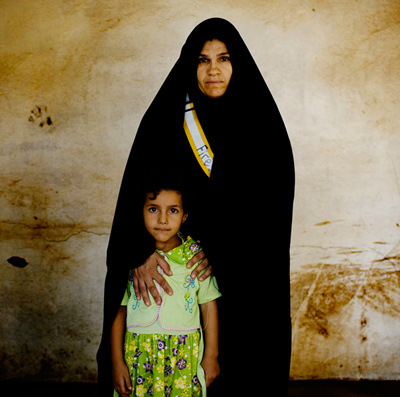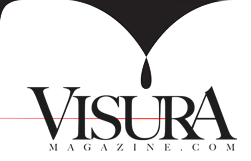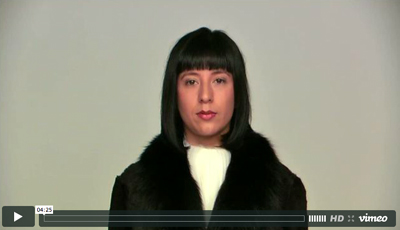
SERENDIPITY | Veronika Marquez
Issue 13
My name is Veronika Marquez and I am an ex-prostitute. This video is my most sincere contribution, gift and offering to the profession of prostitution. In this video, I play Camille, the other “me” who represents my past as a prostitute. I recite a poem written by Jaime Sabines, as an homage to prostitutes who find atonement and convert to saints due to their services rendered. This poem is charged with generosity and virtue, characteristics that I consider to be indispensable to those who work in this profession.
STATE OF SOUND | Milován Radovic
Issue 13
“Latinoamérica” is a song released in 2011 by the Puerto Rican alternative band, Calle 13. Composed by René Perez (band leader alongside his brother Eduardo Cabra), the song is dedicated to Latin America. In 2011, the song won Record of the Year and Song of the Year in the Latin Grammy Awards. The song reflects on the underlying historical, social, and political themes present throughout Latin America. Throughout their nine year trajectory, the band has won 19 Latin Grammy and 2 Grammy Awards.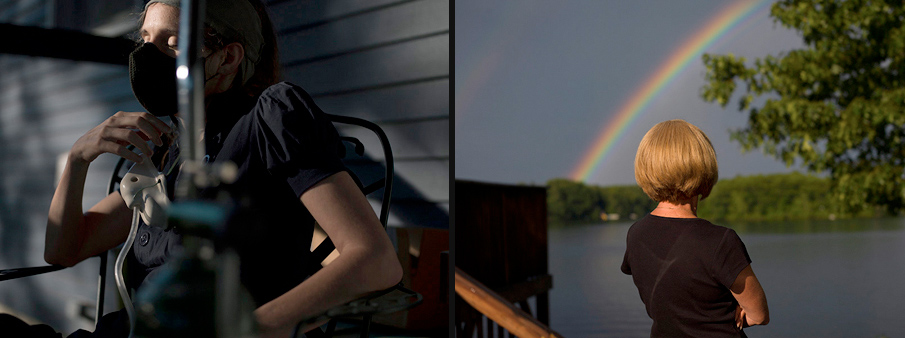
NINA BERMAN | 15 Minutes Apart
Issue 13
Julie, 33, had been a civilian marine engineer on a Navy Vessel in support of Operation Iraqi and Enduring Freedom. Her small size made her perfect to fit into the tight spaces of the engine room, where she was exposed to diesel fumes, chemicals, etc.
LARRY FINK | Apple Of My Eye
Issue 13
"You are the apple of my eye. Enjoy this picture and its carnivorous love." - Larry Fink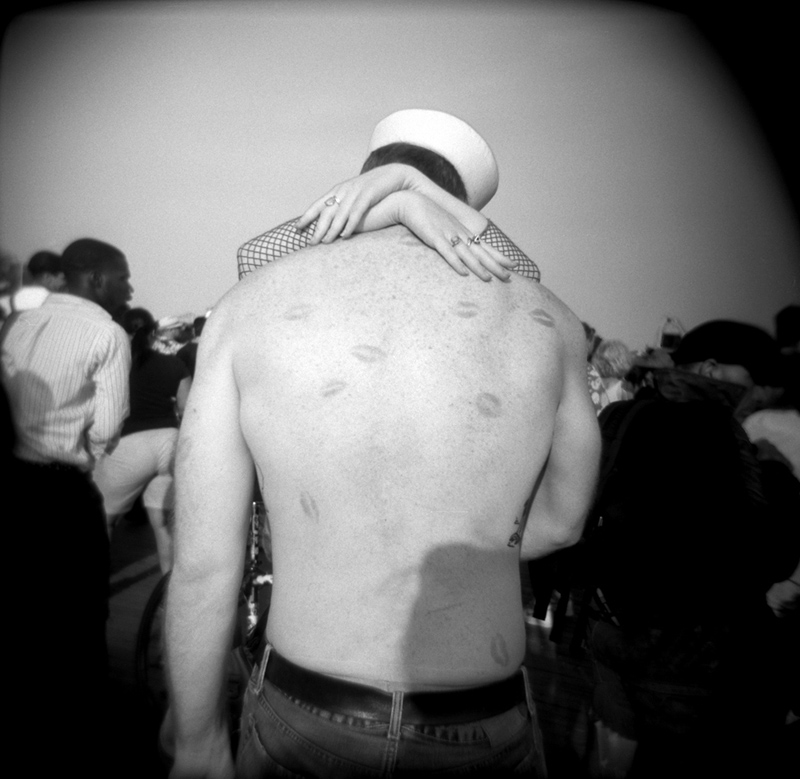
BRIGITTE GRIGNET | I Am Here
Issue 13
Epilogue:It is easy to take what we see for granted and forget how the extraordinary also lies in the ordinary.
Still, it is all right in front of us: life, love, death...
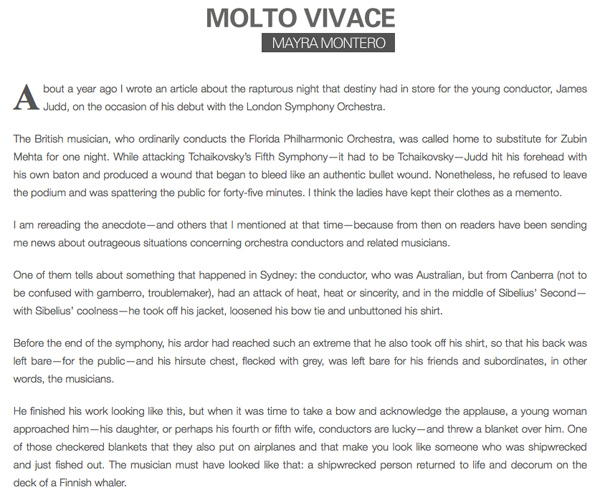
MAYRA MONTERO | Molto Vivace
Issue 13
The British musician, who ordinarily conducts the Florida Philharmonic Orchestra, was called home to substitute for Zubin Mehta for one night. While attacking Tchaikovsky’s Fifth Symphony—it had to be Tchaikovsky—Judd hit his forehead with his own baton and produced a wound that began to bleed like an authentic bullet wound. Nonetheless, he refused to leave the podium and was spattering the public for forty-five minutes. I think the ladies have kept their clothes as a memento.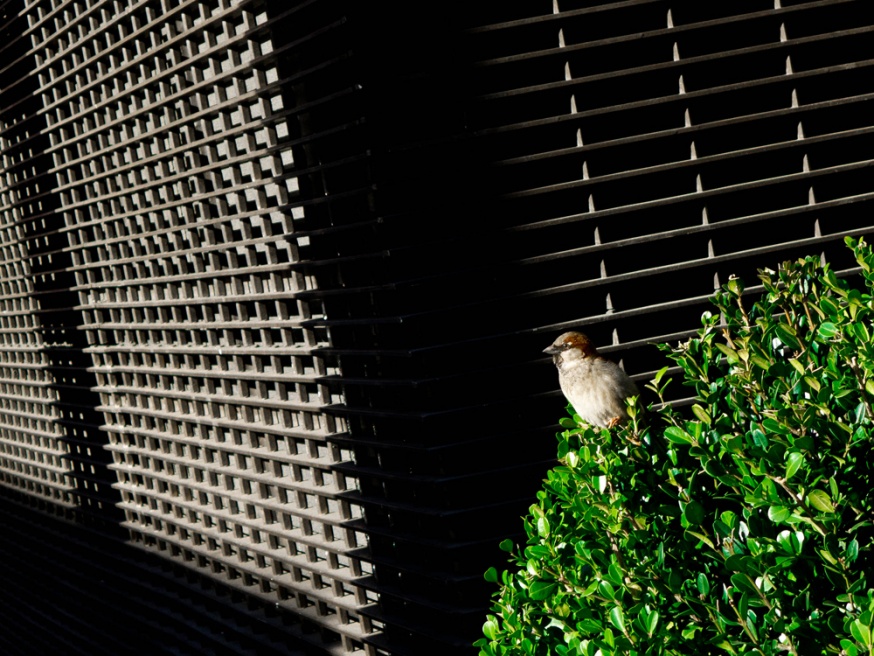
JEFF JACOBSON | In The USA
Issue 13
I live in a beautiful place. My house is nestled against the base of a mountain; a river runs through my property. State protected wilderness extends for many miles in every direction. My neighbors include bear, deer, fox, bobcats, raccoons, rabbits, rodents of many sizes, hawks, owls, eagles, and birds of all colors. It is idyllic. So, when I come into a city, it feels a bit disorienting. That’s a good place to photograph from.
CHARLES HARBUTT | Romance for the Real 5
Issue 13
Christianity was of course the primary art motif in the Middle Ages. Like the Egyptians, the priests claimed to have figured out a system to achieve immortality, eternal life, which they controlled and whose verbal brains legislated the rules, but medieval class structure was a subtext, through the positioning of subjects. God was highest and frequently the largest figure in the frame, cardinals, saints and bishops were next, emperors and other believers next, especially the nobility and at the bottom came the serfs and sinners, often tiny. Art’s purpose was to teach religion’ as Pope Saint Gregory said: The picture is to the illiterate what the written word is to the educated. A detailed list of symbols was promulgated to which artists had to conform. There could no longer be any reference to anything actual because neither the artists nor the image police had ever seen the events being portrayed.
NEIL JACOBS, ESQ | Casualties of Law, Releases
Issue 13
Well, maybe you do and maybe you do not. Photographers taking pictures of newsworthy events for publication (including e-publication) in news-dissemination media probably do not need releases from their subjects, but practically every other photographer will. Why? It is the right of privacy—in this sense the right to control dissemination of one’s likeness. While public figures lose aspects of their right to privacy by virtue of being public personalities (politicians, celebrities, sports stars, et al.) most private individuals do not (I will leave aside for now the related right of publicity, which is the right of public figures to control likenesses of their likeness –eg, Marilyn Monroe dolls).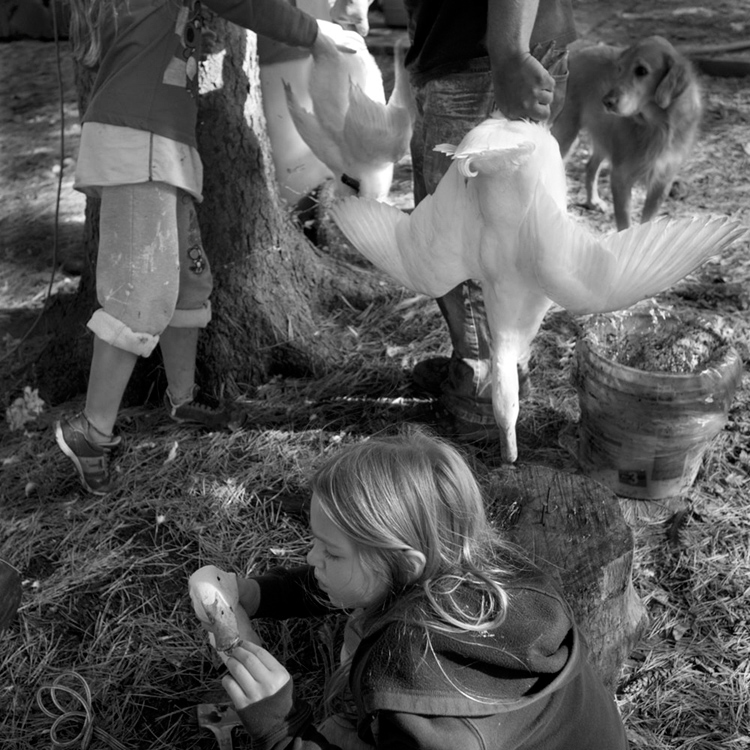
LARRY FINK | The Goose Slaughter
FAMILY VALUES hath killed the goose: a short noose, an ax, and a spasm, suggesting surrealism or expressionism. However, one must remember, art comes from life. What we see and how we see is the fluttering of the outside reality: the associative and perceptual layering from the experience of the inside eye.

NINA BERMAN | Industrial Intrusion
THE HOME was deserted. The occupants had fled, no longer able to bear the industrial intrusion that turned night into day and muffled the sounds of nature that had called them to this place years ago. Late September, after midnight, I came upon this spot and saw an apple tree transformed, shaking in the wind, illuminated by flames from a nearby methane flare. The air was hot and smelled. For some, drilling to explode gas to heat our homes and power our world is progress that promises vast wealth. For others, it portends destruction and ecological demise.

CHARLES HARBUTT | Romance for the Real, Part IV
Issue 12
The Greeks Greece is the stencil of western civilization; it is where we have looked for democracy’s model. In Greece, the frontal lobes, the rational, verbal brain took over control of communication. Greek letter-forms are abstract shapes referring to the sounds of the letters themselves, not to any drawing of something real as in earlier alphabets. There is a theory that this divorce led to the triumph of abstract thinking in the West, the “victory” of the verbal brain.
JEFF JACOBSON | In The USA
Last summer it was floods. Irene came through in late August bringing too much water. The Little Beaverkill washed our road away. Irene was an echo of Katrina. We are no longer just threatened by global warming. It has begun. We’re in the soup.

MATT SLABY | Diary of a Photographer
Every so often I find myself with a handful of homeless pictures. These images come about as a matter of process, pictures made during in between moments when the only compelling reason to press the shutter is to be antithetical to the idea that every photograph encapsulates a completed story. These pictures are notes, tones, mile markers on the way to destinations, things which have caused me to screech to a halt on the open, empty highway, mistakes, distractions from the main event, and studies in composition that likely have no useful thread outside of being pages in a photographer’s sketchbook.

CHARLES HARBUTT | Romace for the Real, Part III
Issue 12
I started these Reflections because I felt that the art histories I’ve read left too much out, especially things relevant to photography. In the first article I talked about the evolution of our three brains: reptilian, mammalian (visual) and neomammalian (verbal), each with its own intelligence. In the second piece, I pointed out that from the beginning people have valued visual objects where something in the actual world made its own image, a good description of photography, even before its literal invention. This piece explores the impact of the word-oriented civilization on the visual arts, a not always friendly relationship.
MATT EICH | Diary of a Photographer
WHEN YOU BOIL IT ALL DOWN, I make pictures to remember the fleeting moments and feelings that comprise our daily existence. My journey as a photographer was born from a compulsion to document life around me after watching my grandmother’s memory erased by Alzheimer’s disease. She was set adrift on an ocean of her life’s experience, the tape wound backwards, and soon in her mind, she was back where she started. Life had come full circle.
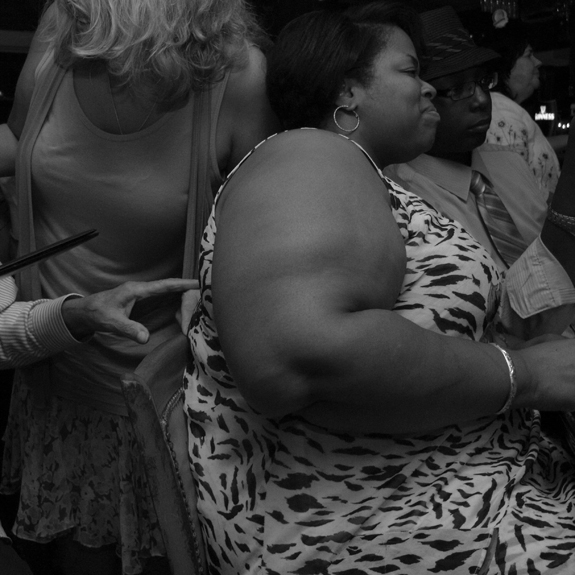
LARRY FINK | Nature of Impossibility
Issue 12
When I first began to use electric flash, I found that it was faster than my eye. Each moment became a fresh discovery. With the point and shoot, no matter how fast it is, it is slow compared to my impulse and perceptions.
KENDRICK BRINSON | Diary of a Photographer
My grandmother June Mama fell in the rose bush outside of her home in Beverly Hills, Florida. In previous falls, she broke a knee, hip, wrist, and shoulder. On this occasion, she cracked her pelvis and broke bones in her forearm. At the time, she was living alone, so she had to scream for help from the bushes. My mother received a phone call from the company that was alerted when June Mama pressed the panic button that hangs from her neck. Before she heard if her mother was okay, she drove 421 miles to be by her side.
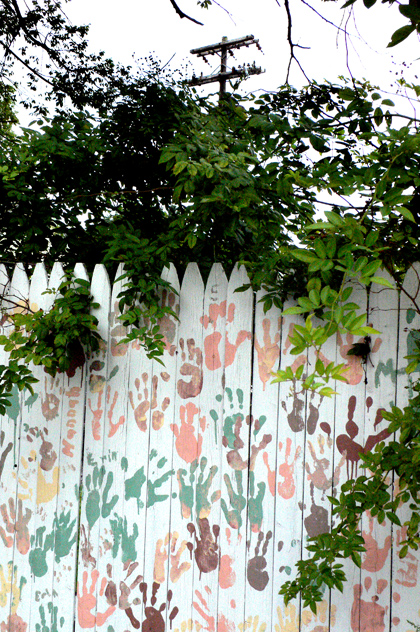
CHARLES HARBUTT | Romance for the Real, Part II
Issue 12
In the first chapter, I pointed out that the human ability to draw appears to have evolved from our primate ancestors, with whom we share that paleomammalian—visual, emotional—brain. Unfortunately, no sightings have been reported of gorillas drawing in the wild. Perhaps the researchers were so focused on the conscious topics of their academic studies they didn’t SEE the drawings in the sand. They were blinded by what they were looking for.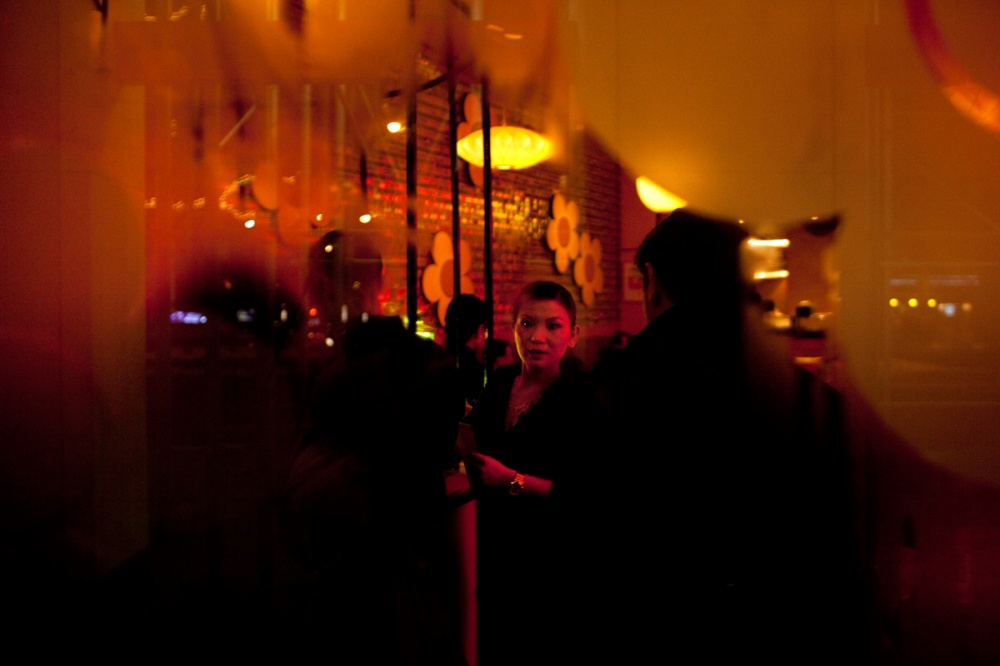
DAVID WALTER BANKS | Diary of a Photographer
My most vivid and memorable dreams seem to come during the purest moments of clarity in my life. These nights do not necessarily coincide with the times thatI’m most at peace, nor those when I’m most confident about my own path in this life. Rather, these dreams of consequence seep through my subconscious when I allow myself the space, either physical or mental, to crowd out all the thoughts, worries, pains and joys that clog my daily thought patterns and leave scant room for free thinking.
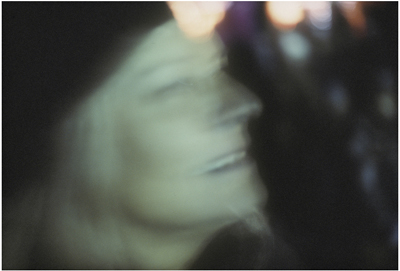
JEFF JACOBSON | In the USA
Issue 12
Jeff Jacobson was born in Des Moines, Iowa, in 1946. He has published two books, My Fellow Americans, University of New Mexico Press, in 1991, and Melting Point, Nazraeli Press, in 2006. Jacobson joined Magnum Photos in 1978. He later left Magnum to help found Archive Pictures. Jacobson's photographs are in the permanent collections of The Whitney Museum of American Art in New York, The San Francisco Museum of Modern Art among others.
LUCEO IMAGES | Diary of a Photographer
WE ARE SIX PHOTOGRAPHERS—David Walter Banks, Kendrick Brinson, Matt Eich, Kevin German, Daryl Peveto and Matt Slaby—unified by a search for answers in an often abstract and rapidly evolving global environment. We seek to understand the emotional resonance of each situation we chance upon, depicting the people and places we encounter with empathy, respect and curiosity.
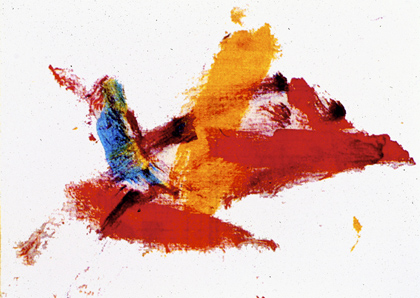
CHARLES HARBUTT | Romance for the Real, Part I
Issue 12
A NOTE ABOUT HISTORIES. Most professional historians pride themselves in presenting the facts of history without any comment or response and that is valuable, like good journalism. However, the result is often dull and reductive: no juices, no attitude to what is being reported. These essays are not like that, and are not written from an observer’s detached point of view. I make pictures and what I’m reporting is VERY meaningful to me. I’m trying to describe the situation for a visual person in a verbal world.
NEIL I JACOBS, ESQ. | Casualties of Law
Issue 12
During my thirty years practicing law, I have worked with many creative people, including photographers, writers and musicians. Ten years ago, I formed my own law firm size. Tired of a relentless step toward an increase in law firms, I felt a sincere desire to do things my own way, and approach my practice with the same individual voice.
NINA BERMAN | The Afterglow
Issue 12
THERE WAS AN AFTERGLOW, a lingering light, and a feeling before the crush when the world tightened and the future we now suffer was sealed. I reach back to those days in between with such naked nostalgia I can hardly understand it. It is something more than hindsight, it is the physicality of the images, the simplicity of purpose, my purpose too, the complete lack of irony, a kind of innocence. Some call this period after September 11, a period of unity when America came together. However, that is political speak designed to manipulate and force us into narrow visions and proscribed postures.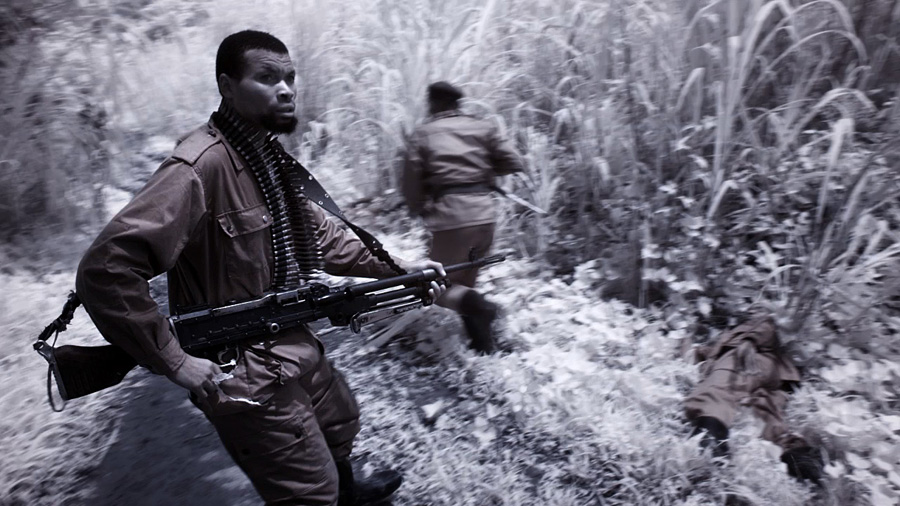
RICHARD MOSSE | Via Goma
Issue 12
It is one year since I first visited the Congo. On that journey, my impulse was an unravelling of forms, of method, of purpose. After a year’s reflection though, the thread is tangled up again. One year’s elaboration of my initial journey dissipates with the honest satisfaction of a heavy day’s walk across front lines into rebel territory.
STATE OF SOUND | Alma Har’el
Issue 12
[...] The old maps of the entire world, the lust for travel and the beauty of love and getting lost in each other, while we drink and celebrate. Then, of course, is the loneliness and isolation that comes with the endless hunger to be ourselves, take off what binds us to a persona and suddenly release our fantasies so that we can be part of nature and the world.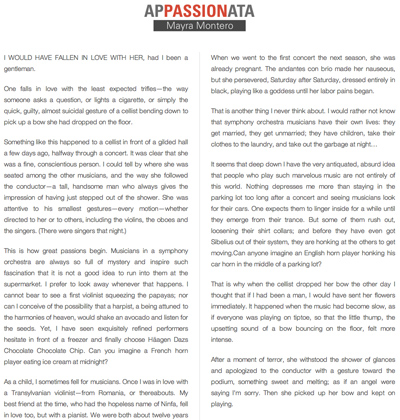
MAYRA MONTERO | Appassionata
Issue 12
I WOULD HAVE FALLEN IN LOVE WITH HER, had I been a gentleman. One falls in love with the least expected trifles—the way someone asks a question, or lights a cigarette, or simply the quick, guilty, almost suicidal gesture of a cellist bending down to pick up a bow she had dropped on the floor. Something like this happened to a cellist in front of a gilded hall a few days ago, halfway through a concert. It was clear that she was a fine, conscientious person. I could tell by where she was seated among the other musicians, and the way she followed the conductor—a tall, handsome man who always gives the impression of having just stepped out of the shower. She was attentive to his smallest gestures—every motion—whether directed to her or to others, including the violins, the oboes and the singers. (There were singers that night.)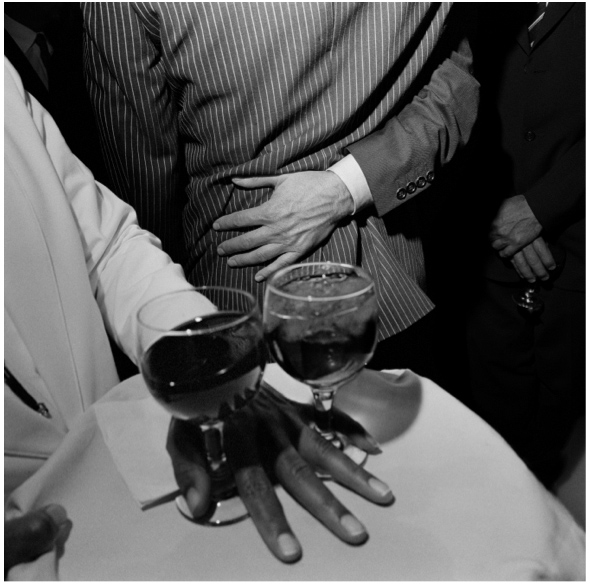
LARRY FINK | Hands On
Issue 12
Now that the Oscar parties have gone for this season and that the atmosphere hath born such devastating storms within the heartland, it may give some small comfort to attend, at least in pictures, the grand stand illusions of what has past. Lets start with an elegant black hand providing service in between the valley of pinstripe diagonals…This image is from the book The Vanities published by Schirmer Mosel.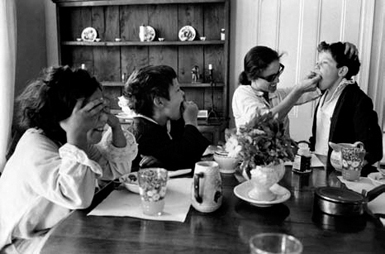
CHARLES HARBUTT | The Unconcerned Photographer
Issue 12
I chose to show this film at the start of my talk tonight because in many ways it is relevant to my topic of change. First of all, the entire Magnum Crisis in the America project, from which the film was made, was very much a punctuation mark in my career—whether an exclamation point, question mark, comma or period—I’m not sure yet. But I do know a fundamental change has occurred in my relationship to my medium.
CHARLES HARBUTT | Kertesz—Manchester Festshrift
Issue 12
In 1980, the city of Salford in England mounted a huge photography festival. The director asked me to help arrange a large purchase of Kertesz’ work. It would be held by a trust which would provide for pictures from that collection to be on perpetual display in a gallery of the Halle orchestra hall. Kertesz was delighted because while many museums owned prints, they could just as easily let them molder away in storage as show them. When the collection decided to honor Andre on his 90th birthday with a festschrift/catalog, they asked me to write an essay for the book.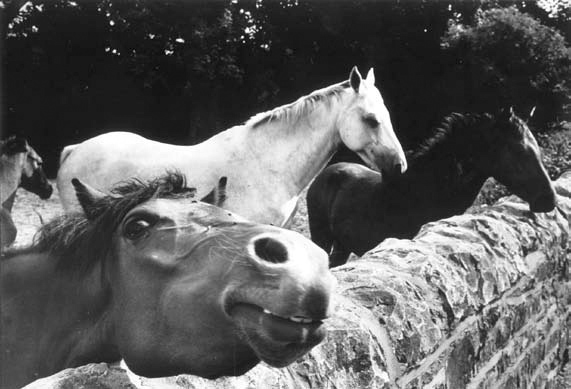
CHARLES HARBUTT | The Art World Horse Race
Issue 12
The Subcommittee. One of the prices you pay for being a professor at a university is service on committees. But this one turned out to be fun. We decided that the individual is the source of creativity and our report should demonstrate that in form as well as content. So rather than an anonymous and bland group report, we submitted papers prepared and signed by each individual member. This was mine.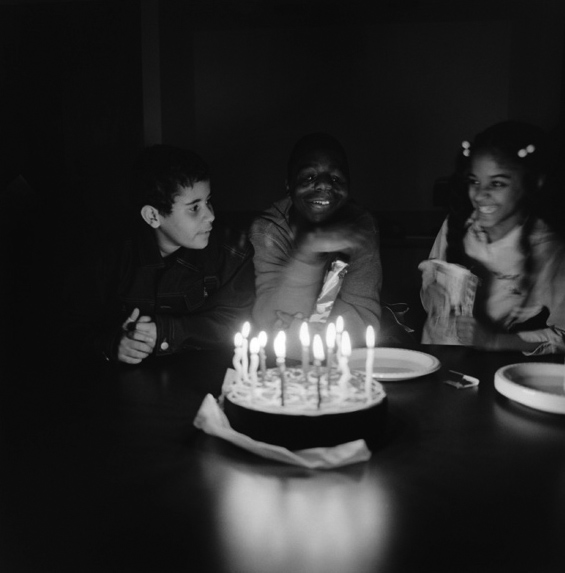
LARRY FINK | Hands On
Issue 11
THIS IS A PICTURE OF A BOY who was deeply burned in a fire, he had completed 17 skin and face graft operations. At the time of the accident his identity was removed, but with the help of science and compassion, layer after layer of identity was redeemed, until finally he was able to see himself again.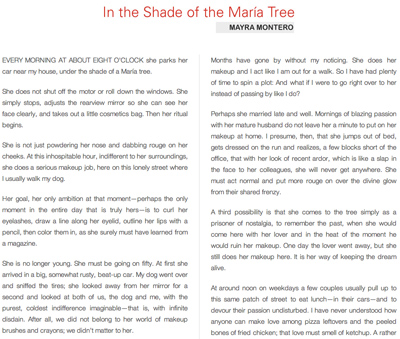
MAYRA MONTERO | In the Shade of the Maria Tree
Issue 11
EVERY MORNING AT ABOUT EIGHT O’CLOCK she parks her car near my house, under the shade of a María tree. She does not shut off the motor or roll down the windows. She simply stops, adjusts the rearview mirror so she can see her face clearly, and takes out a little cosmetics bag. Then her ritual begins. She is not just powdering her nose and dabbing rouge on her cheeks. At this inhospitable hour, indifferent to her surroundings, she does a serious makeup job, here on this lonely street where I usually walk my dog.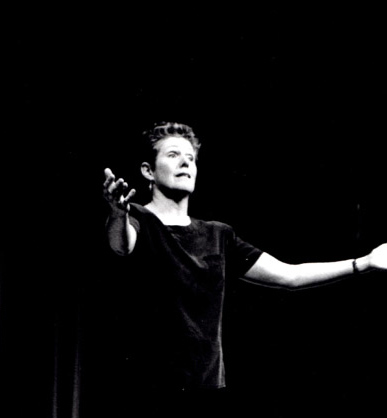
MARNIE ANDREWS | Serendipity
Issue 11
Above my head a hawk dips by the sun Then drops a feather, as if toward my hand, Floating down, I remember that one Spirit, just flown, still sheds her gifts that land So gently on my soul. A woodpecker’s cry Pierces my reverie, reminder of the curtain Death draws down, and memory of her wry Musings, sharp wit, and kind action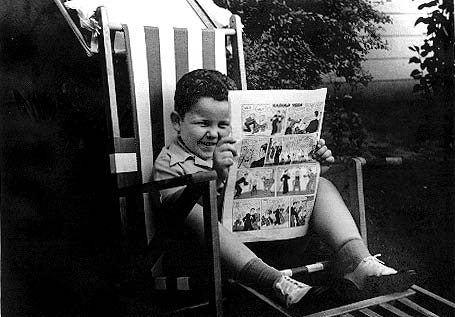
CHARLES HARBUTT | How I Became A Photographer
Issue 11
MY EARLIEST BRUSH with photography came when I was three. My best friend and everyday playmate was having a birthday party and her cake, the biggest I had ever seen, was displayed on a small table. It was a chocolate cake with vanilla icing. The photographer, a mother or grandmother, told us to stand behind the cake for a picture. We did. Then she told us to kiss. Well, we weren’t into that, but my friend put her arm around me and I acquired a lifelong love of chocolate cake … with vanilla icing. I learned that pictures can make people laugh. Maybe somehow, I also learned that pictures can hint at what’s happening inside a person, as well as showing their surface. In my memory, the shadow was much larger and more ominous. So finding a copy of the picture taught that memories are tricky. But I’m still not so keen about posing pictures.
RICHARD MOSSE | Via San Francisco
Issue 11
WARS (NEW HAVEN) WAS PHOTOGRAPHED in the parking lot of an Ikea housed in Marcel Breuer’s Pirelli Building, designed in 1969. This Brutalist monolith looms over Interstate 95 as you drive into New Haven, overlooking the shore of Long Island Sound.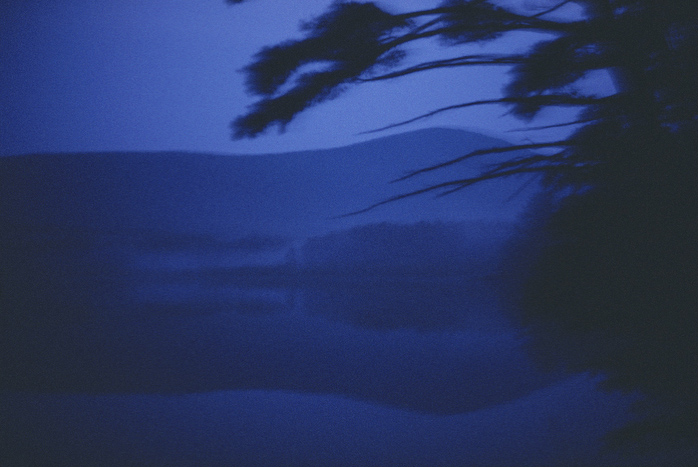
JEFF JACOBSON | In the USA
Issue 11
Jeff Jacobson was born in Des Moines, Iowa, in 1946. He has published two books, My Fellow Americans, University of New Mexico Press, in 1991, and Melting Point, Nazraeli Press, in 2006. Jacobson joined Magnum Photos in 1978. He later left Magnum to help found Archive Pictures. Jacobson's photographs are in the permanent collections of The Whitney Museum of American Art in New York and The San Francisco Museum of Modern Art among others.